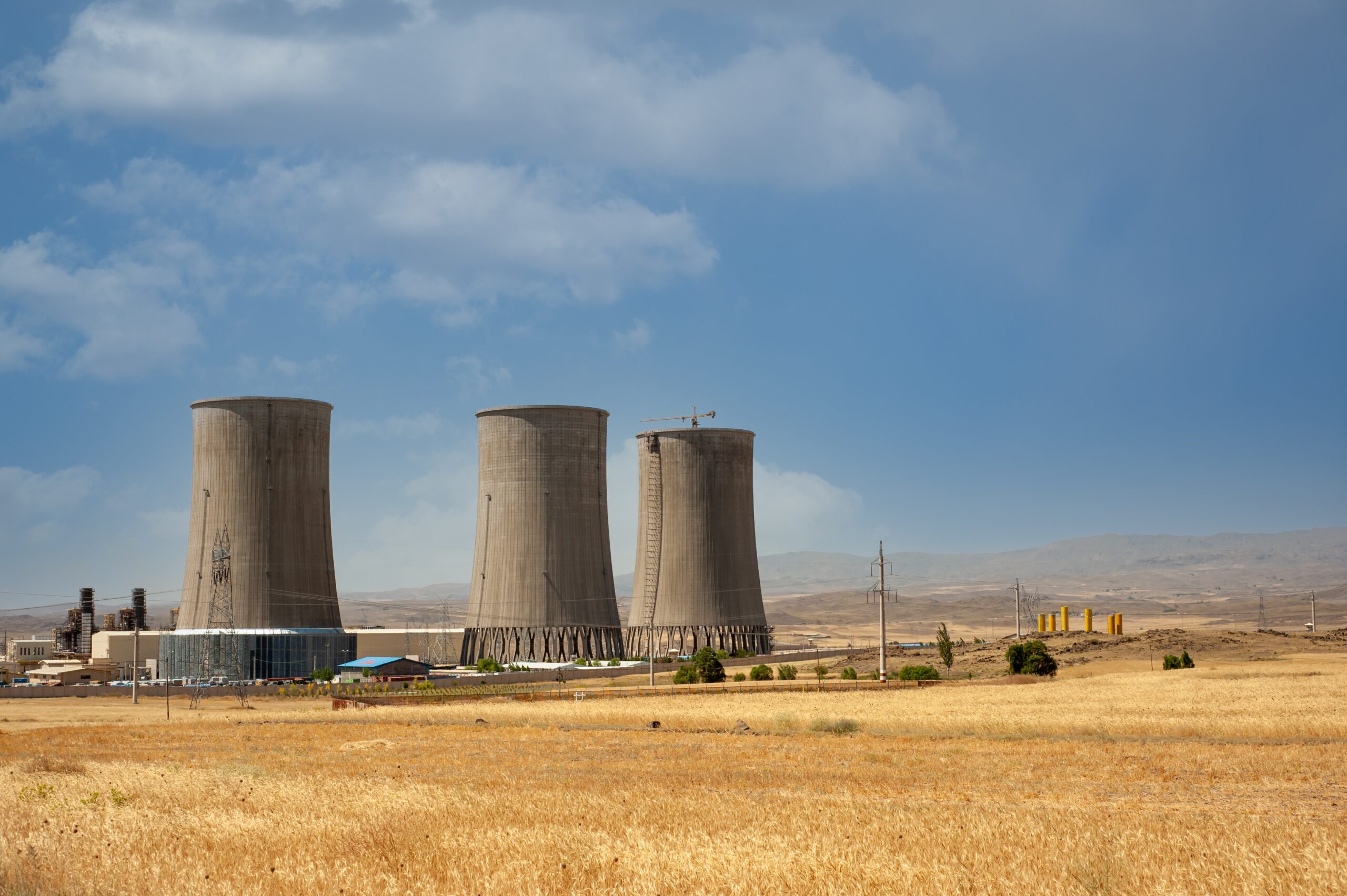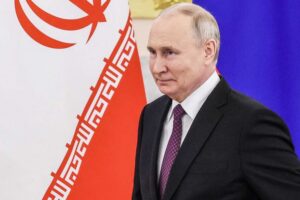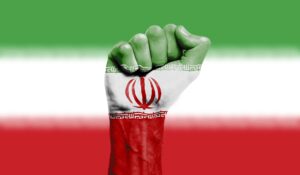President-elect Joe Biden made de-escalation with Iran a central pledge of his election campaign. His intended approach is a rejection of the Trump administration’s maximum pressure policy, which sought to suck Iran’s missile programme and regional aggression into the pre-existing framework of the 2015 nuclear deal under the pressure of extreme financial sanctions and international ostracization. Instead, 2 years later, we now see increased Iran-backed proxy aggression across the Middle East, the unveiling of more and more missile chambers, and a nuclear programme bearing down on a breakout time of 3 months. Biden therefore promises a tactical reversal by engaging with Iran to reach a resolution. The roadmap for this policy begins with trust-building actions followed by a return to JCPOA terms, and finally ‘more for more’ measures to bring the other Iranian issues into a comprehensive strategic plan for peace.
The final stage of this plan will be the hardest by far, but its inclusion in Biden’s overall strategy will have the effect of encouraging immediate action between January-June, for without early progress no grand victories can be achieved. In a 2 December 2020 NY Times interview he said “there’s a lot of talk about precision missiles and all range of other things…[but] the best way to achieve getting some stability in the region [is] the nuclear programme”. Obama’s omission of real treatment of Iran’s regional aggression and nuclear programme was central to his failure to assure his policy’s longevity by garnering cross-party support. Whether or not Biden has more success remains to be seen, but he will not even have the chance to grapple with the other issues unless stage one is complete – returning Iran to nuclear compliance – his task before the Iranian election.
Iran recently started enriching 20% uranium at breakneck speed to reduce breakout time to 3 months.
On surface level this seems a Herculean feat. Iran recently started enriching 20% uranium at breakneck speed to reduce breakout time to 3 months. The politicisation of nuclear policy in Iran is going to be a major theme of the presidential election as the conservatives drive a race-to-the-bottom to appear tough and uncompromising vis-à-vis the U.S. At the extreme, the IRGC-Principlist faction is weaponising the nuclear programme to prevent rapprochement with the U.S, highlighted by IRGC Commander Salami’s recent comment that the JCPOA is not necessary for Iran anymore. The dominance of the conservatives on this issue was made clear by Rouhani’s abject failure in December to delay the enrichment process via a presidential bylaw.
This open defiance prior to Biden’s inauguration should not, however, be taken as an indicator of static long-term Iranian policy. Just as the Trump administration did not use maximum pressure as a genuine catalyst for regime change but, rather, as leverage to force Iran to acquiesce on other issues, so too are Iranian hardliners utilising the nuclear programme to strengthen their hand before Biden arrives. That much is made clear in the myriad statements emanating from the Iranian government that the country would return to immediate nuclear compliance if the U.S. lifted sanctions.[1] The paradoxical truth is that, by propelling the nuclear issue towards a critical juncture, Iran has abnegated responsibility for instigating its resolution, leaving the U.S. president little option but to make the first concessions.
Alongside this, Trump’s ‘flood of sanctions’, the continual stream of Venezuela-bound Iranian oil tankers, and flash in the pan incidents such as fugacious cyberattacks and Pompeo’s claim that Iran is the ‘new home base’ of al-Qaeda, creates a context in which U.S.-Iran relations seem beyond the pale, and that Rouhani will be too weak in his last presidential months to turn the tide even with a willing Biden. But the reality of brinkmanship on either side must not be lost in the mire, as it too often is on the Iran issue. None of these tension-fuelling developments are by any means irreversible, and inertia can turn at any moment.
Politically – both domestically and internationally – Biden has created the expectation of a clear and swift break from Trump’s bellicose Iran policy.
As mentioned, the incentive to engage in swift trust-restoring measures is there for Biden. Politically – both domestically and internationally – he has created the expectation of a clear and swift break from Trump’s bellicose Iran policy. More importantly, his comprehensive plan for peace requires fast-moving success. His ‘more-for-more’ approach to long-term solution has been outlined in detail in papers elsewhere[2], and the consensus is that Biden should “start with immediate, mostly unilateral confidence-building measures” to encourage Iran to cooperate in the momentum-building process. [3] Prudent policy or not, it is highly likely that the Democrats will pursue this line, buoyed by comments from the Iranian government such as FM Zarif’s on 17 November 2020 that Iran could return to nuclear compliance “automatically” without the need for anymore negotiations.
One final point must be made in response to concerns that Iranian JCPOA-sceptic conservatives might torpedo rapprochement prospects before or after the June election. Nuclear policy in the Islamic Republic of Iran falls under the lone remit of Ayatollah Khamenei. It is unconscionable for a politician to appear to dictate nuclear policy or politicise it beyond the ayatollah’s control, as reflected in 2017 by influential Principlist and Parliament Speaker Ghalibaf who said “the JCPOA was the decision of the regime; every government goes the same way”. This means that no nuclear developments occur without the supreme leader’s blessing. So far, his involvement has been to support the uranium enrichment programme by overruling Rouhani’s presidential bylaw, but also to advocate lifting U.S. sanctions in return for nuclear compliance. In short: he is walking the tightrope between the moderates and conservatives, applying pressure on the U.S. without scuppering Biden’s efforts before he arrives in office. This is consistent with the view that Iran is willing to negotiate away its nuclear developments. The hard and fast rule when predicting Iranian actions is to look for where Ayatollah Khamenei leans his weight.
From January to June, we are likely to see an ostensibly fraught dynamic in which Iran initiates a gradual nuclear scale-down, in return for the U.S. scaling back sanctions and making easy diplomatic concessions, particularly in the humanitarian and COVID-19 relief fields. As experts estimate that both the processes of Iran’s return to JCPOA nuclear compliance and removing oil export sanctions would take 4 months, the timeframe is compatible with Biden’s window of opportunity. The door is ajar, and we can expect Biden to make real efforts to push it open.














